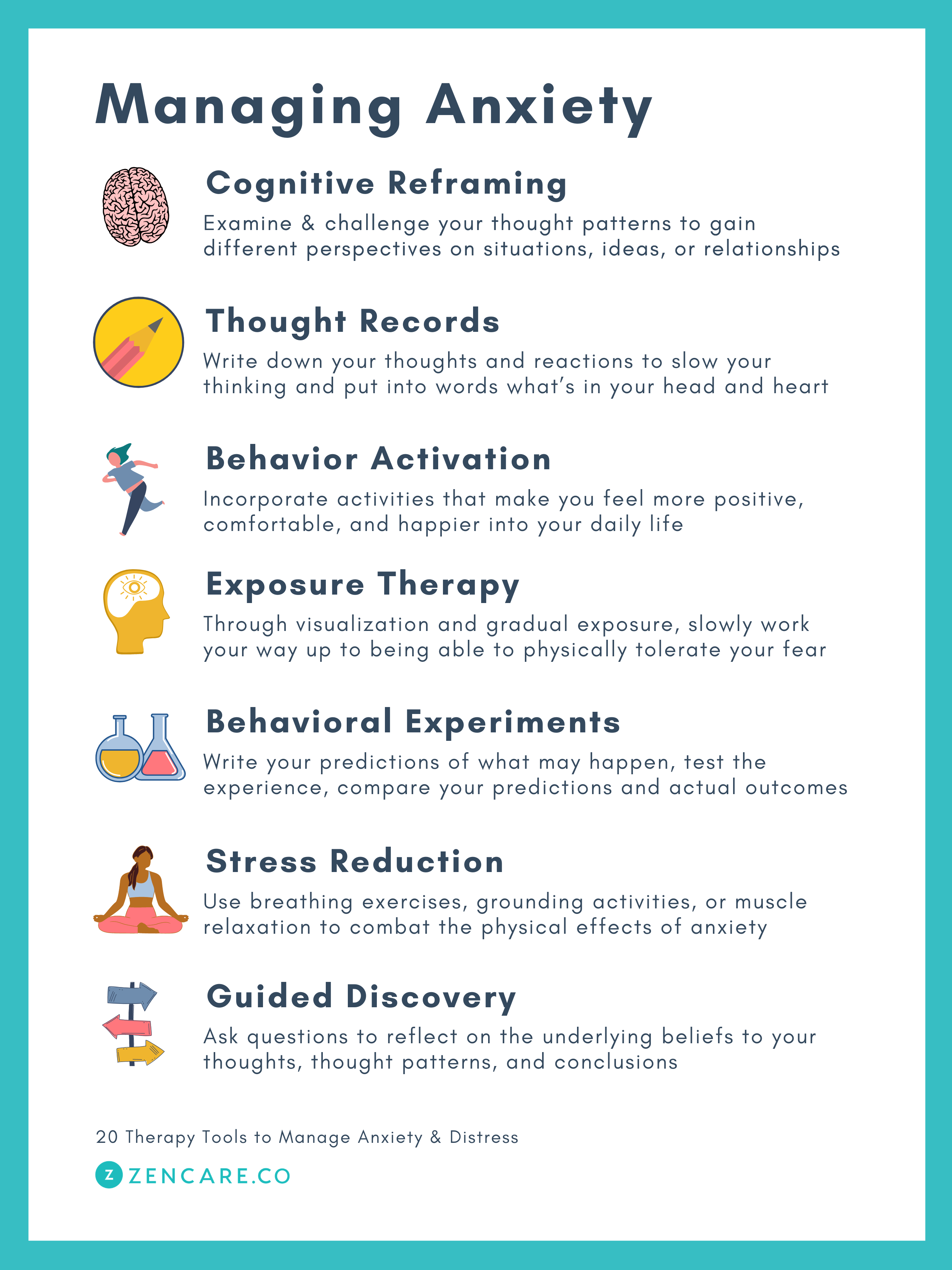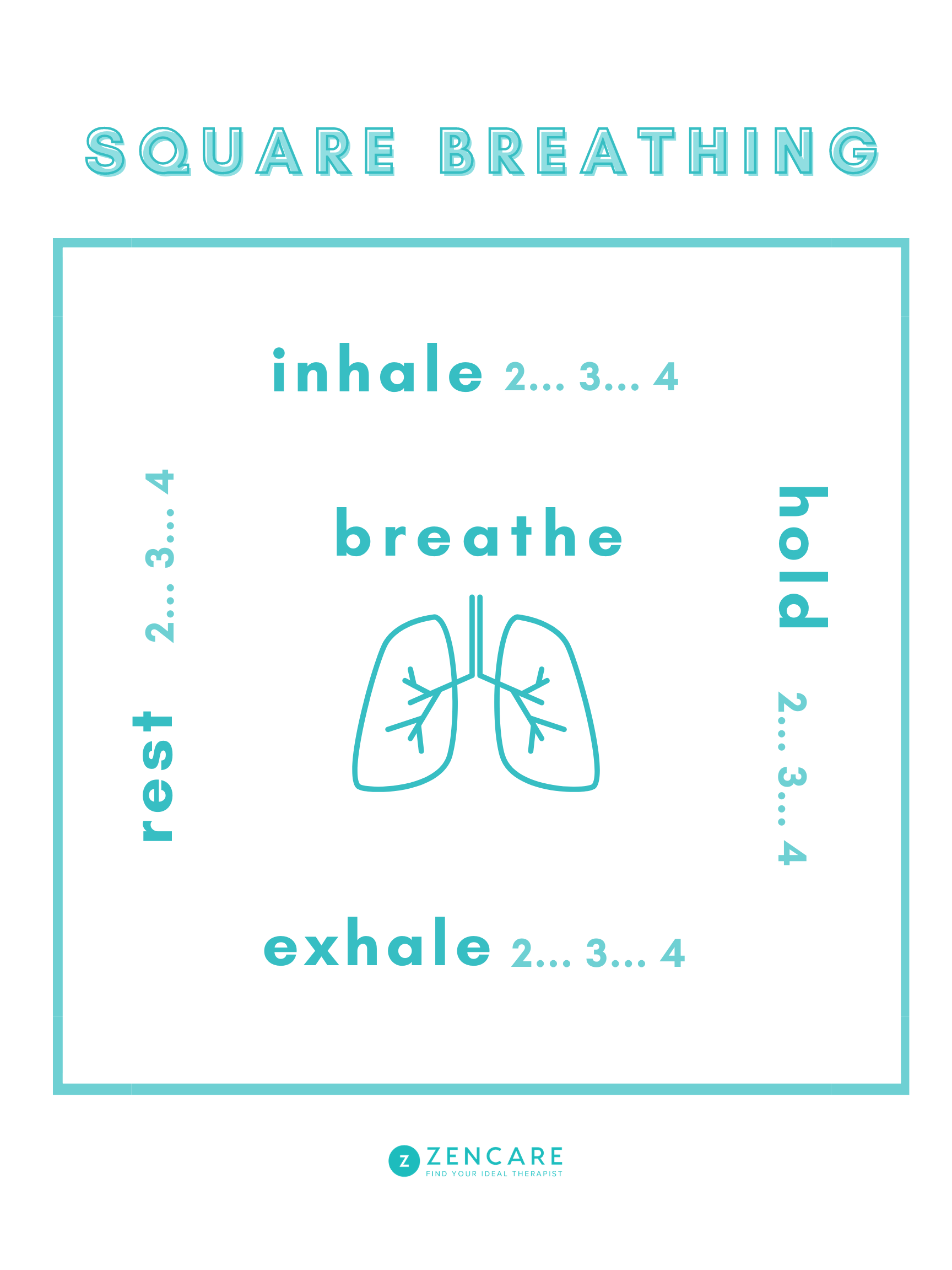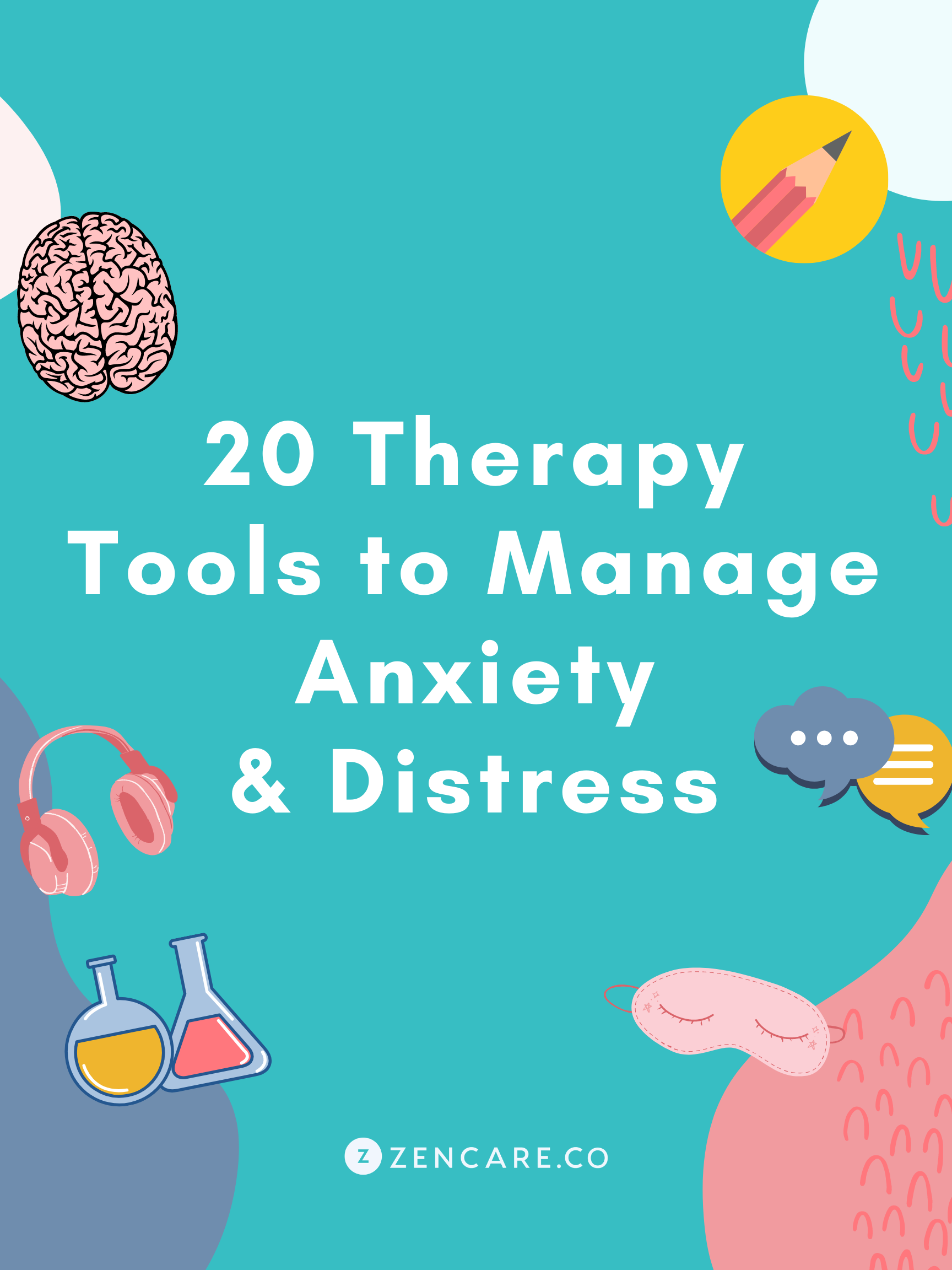One of the most common reasons different people seek therapy is to learn how to cope with anxiety and other related emotions, like distress, overwhelm, and uncertainty. Nerves and unease are normal parts of life, but when such feelings start inhibiting your daily routines, you might consider seeking professional support. After all, a healthcare professional can teach you tangible ways to better understand and mitigate these and other unhelpful mental health issues and make the necessary lifestyle changes.
In that spirit, we’re sharing 20 helpful therapy tools for managing various anxious feelings – give them a try on your own, or in conjunction with therapy sessions.

- Managing Anxiety
- 1. Cognitive Reframing
- 2. Journaling and thought records
- 3. Behavior activation
- 4. Exposure therapy
- 5. Behavioral experiments
- 6. Stress reduction techniques
- 7. Guided discovery
- 8. Successive approximation
- 9. Role playing
- 10. ABC model
- Emotional regulation and managing distress
- Managing Depression
- Identifying Values
- Managing Anger
- Improving Sleep
Managing Anxiety
Anxiety comes in many shapes and forms, but essentially means excessive worry, excessive fear, or nervousness. Anxiety disorder may manifest as insomnia, body aches, crying, fights with friends or family, or something else entirely – and because it has so many faces, talking with a therapist about how you feel may help you focus in on your symptoms.
Below are helpful anxiety tools to manage your feelings:

Cognitive Reframing
Built up over time, our thoughts may start to habitually take a negative turn as a consequence of feeling anxious. This negative self talk may show up in the form of cognitive distortions, or misrepresented or false thoughts that may lead to incorrect assumptions. They also may lead to negative core beliefs about ourselves. These negative thoughts and core beliefs (ideas that we hold to be true even if they aren’t) may impact self-esteem, confidence, self-worth, and many other psychological concepts that protect us against anxious thoughts or distress.
To combat cognitive distortions and prevent developing negative core beliefs, therapists teach cognitive reframing. This practice, also known as cognitive restructuring, is common in cognitive behavioral therapy, and gives clients a different perspective to examine different situations, ideas, or relationships – an objective, neutral perspective to consider against a negative, damaging one.
To practice cognitive reframing or restructuring, notice your thought patterns. Do you have any cognitive distortions or thoughts that lead you to view yourself poorly? Once you recognize when these thoughts happen, start to challenge them by asking for the objective evidence. Reflect on why you made this conclusion. What evidence do you have to support it? What are the facts? By evaluating the sincerity behind your conclusions, you may start to think differently – and feel differently – about yourself and who you are.
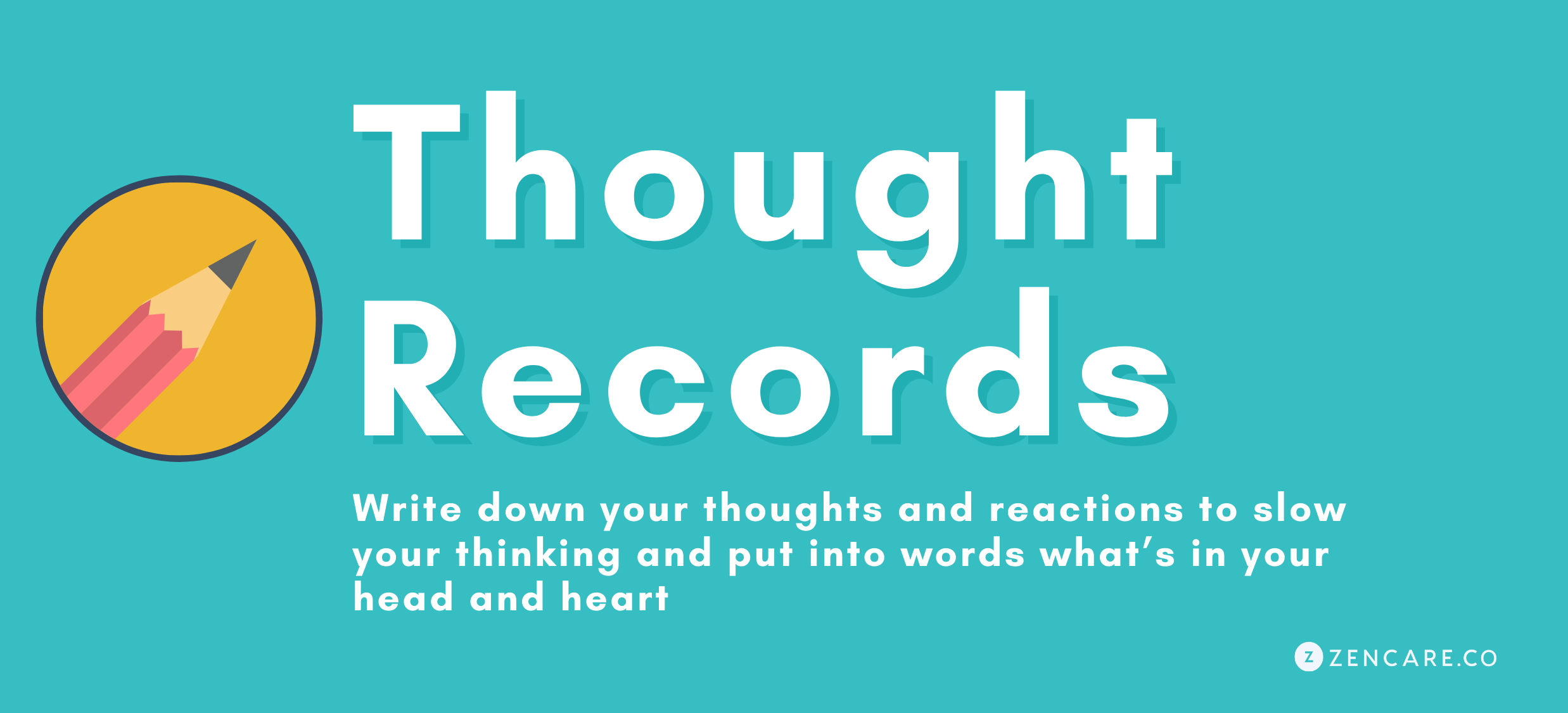
2. Journaling and thought records
Writing down your thoughts, ideas, and reactions is one of the best ways to slow down your thinking and put into words exactly what’s going on in your head or your heart. Therapeutic journaling is a powerful tool that many therapists promote as a way of expression. It’s also an effective way to keep track of mood, especially as it provides you with a record of your mental health journey.
Here are some prompts to get you started:
- How am I feeling today? Why am I feeling this way?
- What are the top five things I like about myself?
- What are we talking about in therapy these days and how does it impact the way I see myself?
- What does authenticity mean to me?
- What can I forgive myself for and why is it important to forgive?
By reflecting via the written word, you’ll further your introspection and give yourself another way to process what’s going on internally.
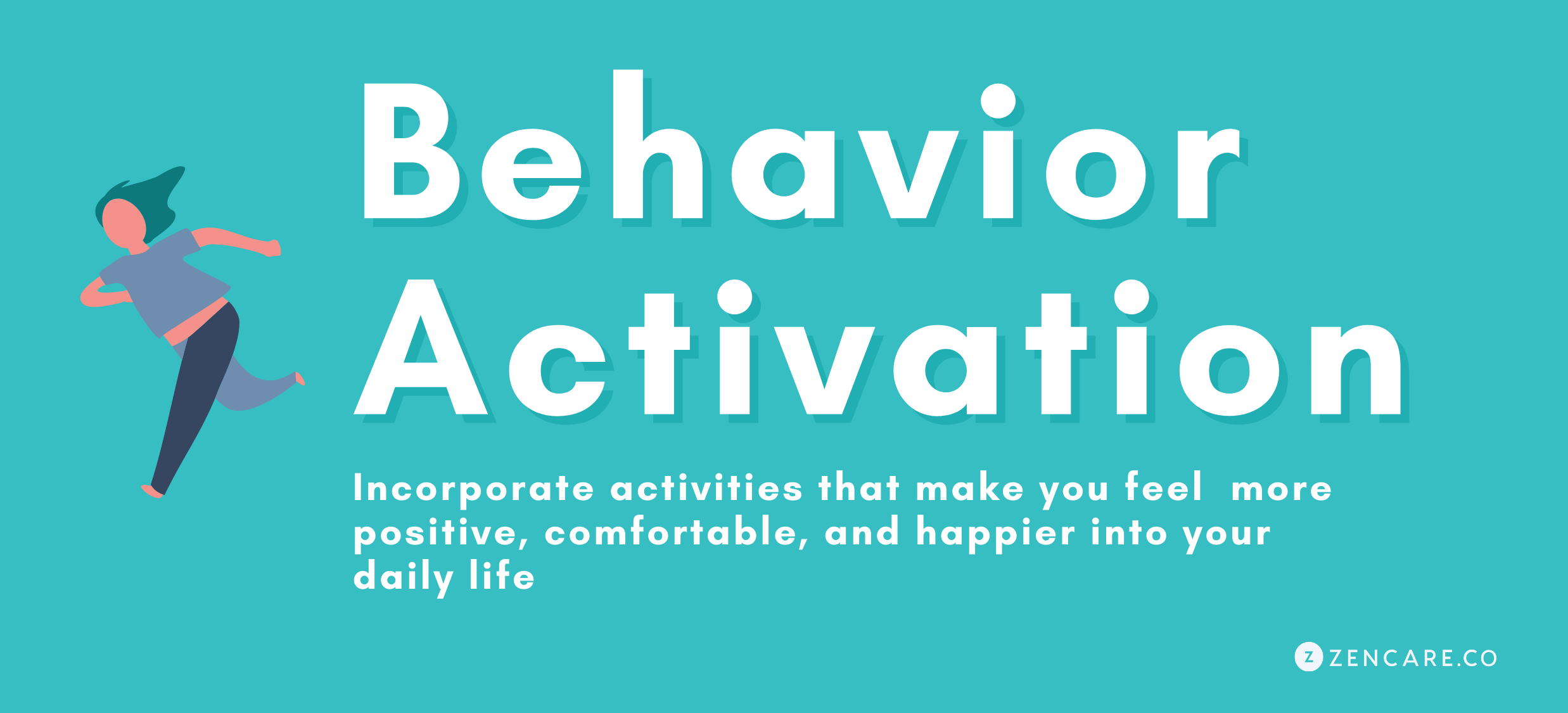
3. Behavior activation
In behavior activation practices, you’ll determine what types of activities (or “behaviors”) make you feel more positive, happier, or more comfortable. This might look like taking a walk, talking with your friend on the phone, eating an apple – it could be anything that promotes a good feeling.
Then, once you’ve established what makes you feel good, you and your therapist will start to plan ways to incorporate these behaviors into your everyday life. By planning ahead, you may find yourself more inclined to take these actions (rather than knowing that you should, but not finding motivation).
This is especially helpful if your anxiety symptoms lead you to staying inside your room most days or trapped in your thoughts. It gives your brain something else to focus on and helps you set attainable goals. Be sure to note to yourself how the activities make you feel as you go along – over time, these activities can start to become habits, leading to a daily routine filled with things that make you happy.

4. Exposure therapy
Exposure therapy is a well-known therapeutic technique used with clients who have heightened fear reactions to certain situations, objects, or animals. This might be a fear, for example, of social situations, spiders, heights, trains, or germs. It’s also generally used with Post-Traumatic Stress Disorder (PTSD), as people who have experienced trauma can develop associated fears or discomforts.
Exposure therapy is best done in tandem with a specialized therapist. This therapist will take you through the small steps of becoming more comfortable with your fears. It may start with simply thinking about what you’re afraid of and visualizing yourself in the situation or next to the object. Slowly, and with emotional support from the therapist, you’ll work your way up to being able to physically put yourself next to your fear. The goal is to build up a tolerance and develop the ability to feel less anxious when in the presence of the object of fear.
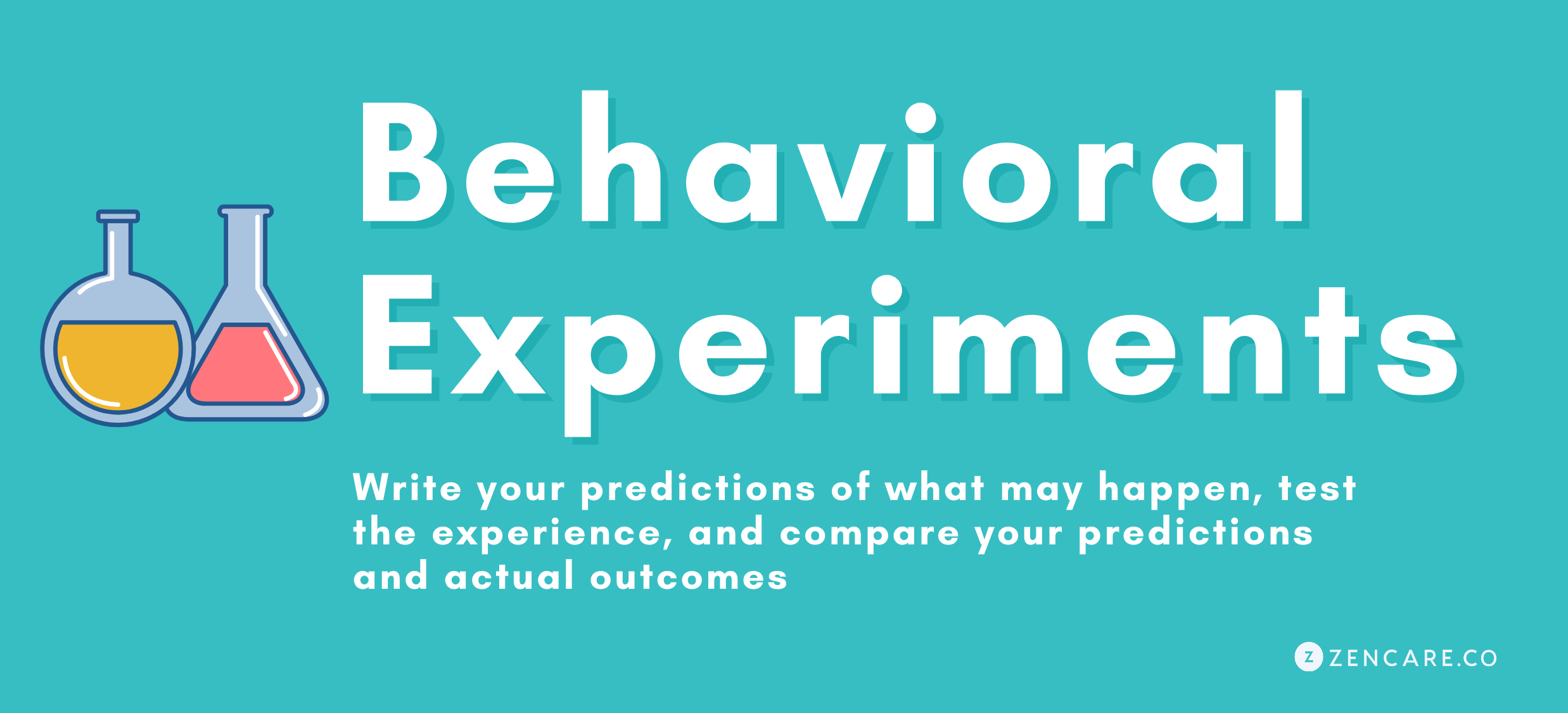
5. Behavioral experiments
Behavioral experimenting is a systematic tool to better understand and dismantle unhelpful thought patterns and internal beliefs. Behavioral experimenting is a way to give yourself emotional evidence and a greater picture of what’s going on internally.
To use behavioral experimenting as a tool, determine an anxiety that you have paired with the self-talk behind it. An example could be that you become distressed in social situations because you’re afraid that people will negatively judge you. Write out what the situation is, how you predict it will go, and how you can test out this experience. After going through with the experiment, consider the outcome: Did it match your prediction? Was it different in any way? For our example, you might experiment by having two friends over. While your prediction was that you would feel upset about their presence, with this tool you can tangibly see evidence to the contrary; that you had a nice time and that you didn’t feel judged by your friends.
This is another tool best used while working with a therapist who can guide you through your reactions. There are many worksheets utilized by therapists and clients to track these experiments, so you may have “homework” throughout the week.

6. Stress reduction techniques
Finding ways to relax or reduce your stress is a vital part of conquering anxiety. Often, when anxious, the body speeds up with a faster heart rate, racing thoughts, even sweating or shaking. Breathing techniques and exercises, grounding activities, or muscle relaxation techniques combat these effects and give you a chance to slow down.
Square breathing (or box breathing) is a technique that taps into the body’s physiological processes to tell your body that it doesn’t need to feel anxious in the moment. Intentional breathing helps you relax and dissipate much of the anxious energy you’re feeling. To complete this exercise, follow these steps:
- Inhale for four seconds
- Hold your breath for four seconds
- Exhale for four seconds
- Hold your breath again for four seconds
Doing several minutes of square breathing is a great way to get extra oxygen while also grounding yourself in the moment.
Another grounding exercise that may be helpful is the 54321 exercise. To complete the 54321 exercise:
- Notice 5 things that you can see
- Notice 4 things around you that you can touch
- Notice 3 sounds that you can hear
- Notice 2 scents that you can smell
- Notice 1 flavor that you can taste
This mindfulness activity leverages your five senses to help you break free from cycling thoughts and instead place your attention on the space around you. You may even incorporate physical relaxation techniques such as progressive muscle relaxation, which is a practice where you systematically flex and then relax the muscles around your body (first feet, then legs, then abdomen, etc.).
Whatever relaxation exercises suit you best will one of the most helpful tools in moments of distress. Because we all react to stress differently – and have preferences when it comes to de-stressing – try out a few stress reduction techniques to find the ones that really help you.
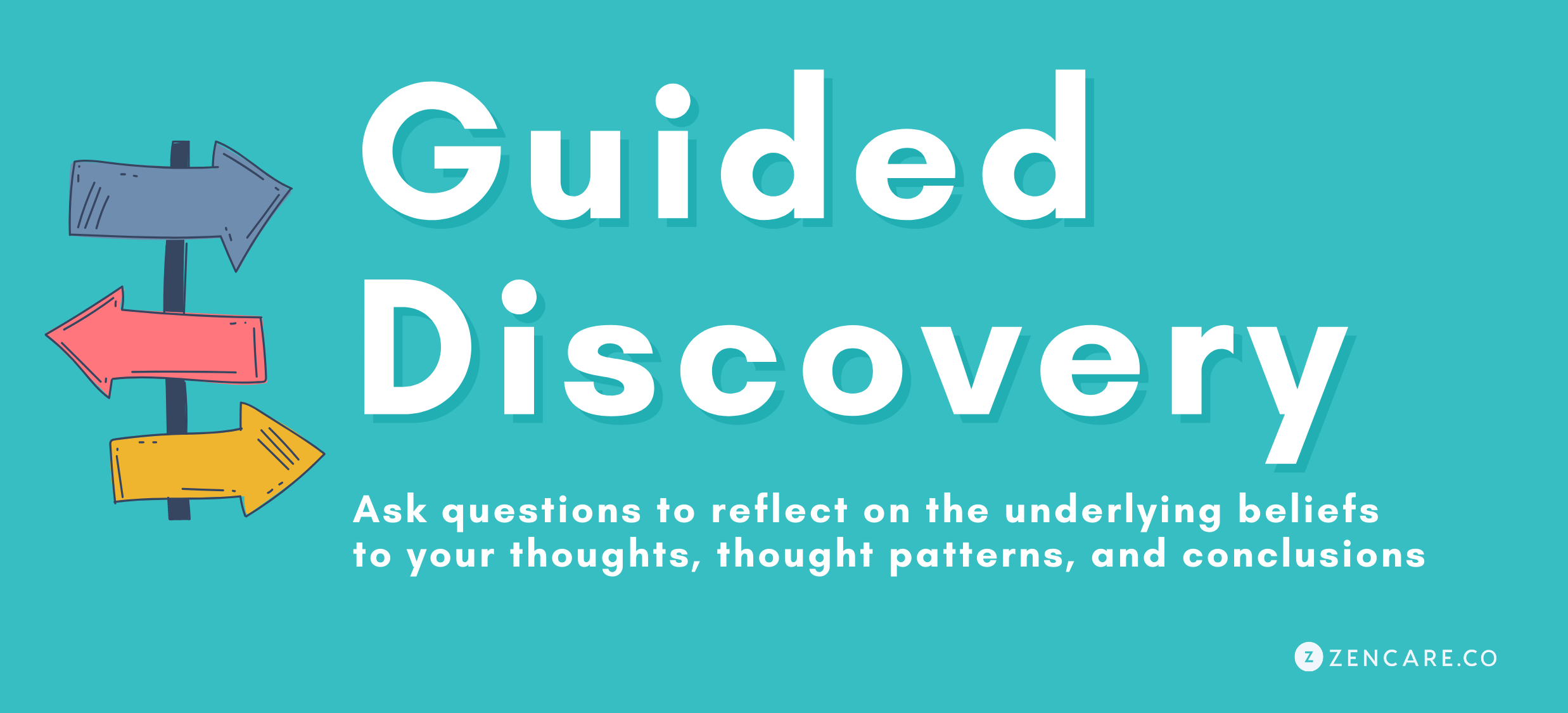
7. Guided discovery
Guided discovery goes hand-in-hand with identifying and refuting cognitive distortions. Your therapist will guide you through the underlying beliefs to your thoughts, thought patterns, and conclusions. By asking questions that prompt further reflection, your therapist helps you tease apart the reasons why you made a particular distressing conclusion about yourself, others, or the world.
Questions that the therapist might ask include:
- What evidence do you have behind that conclusion?
- How would a different person view the situation?
- When in the past have you made a similar conclusion?
In considering your answers, you may find yourself with a different conclusion, or at least more nuanced outlook – which may help you feel less anxious when it comes to judgments or decisions made.
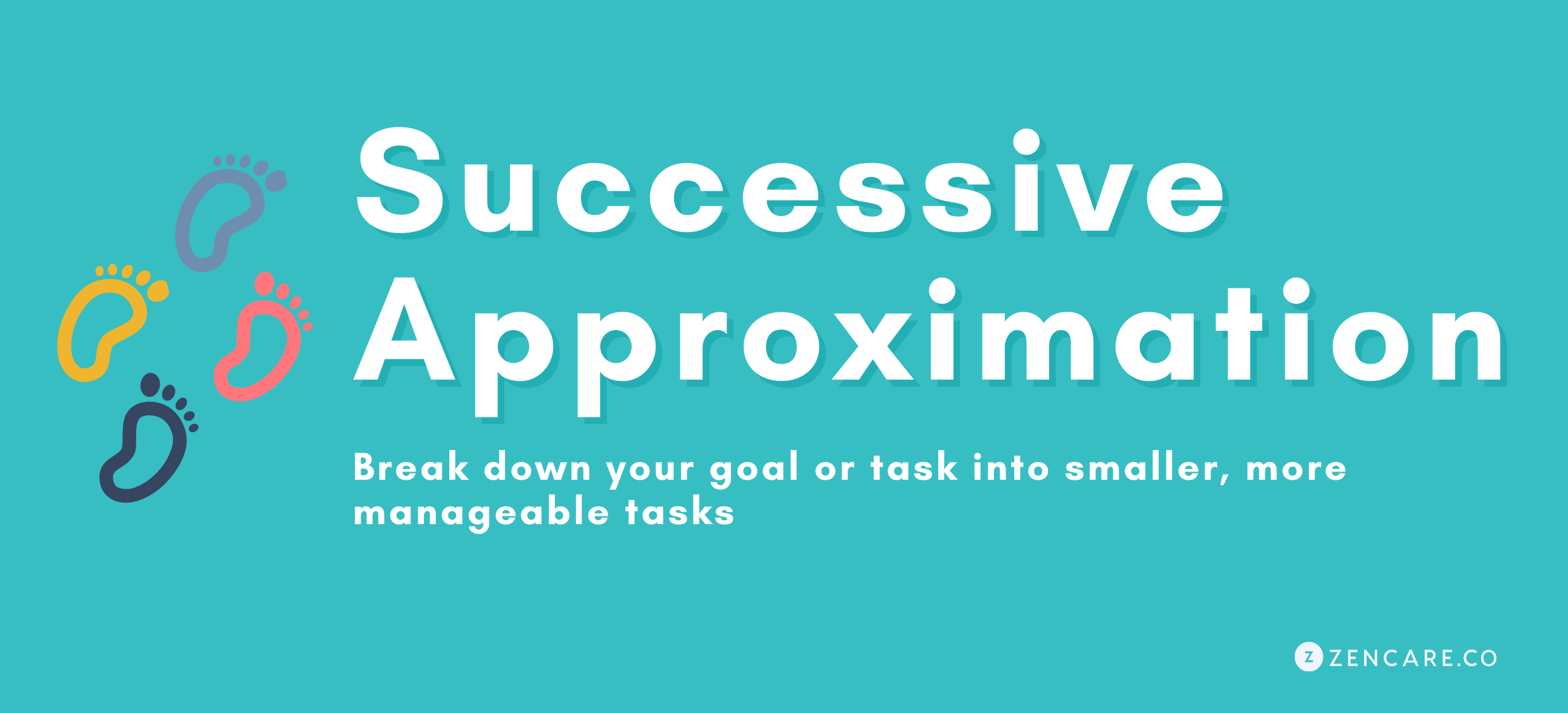
8. Successive approximation
When faced with a task, people who suffer from anxiety may find it overwhelming to even get started. By using successive approximation, working towards a goal becomes less daunting.
To use successive approximation, break down the goal or task into smaller, more manageable tasks. For example, the prospect of taking the bar exam can be an incredible feat that gives many law school students severe anxious reactions. Rather than focusing on how to pass the test itself, we can break it down into bite-sized pieces, such as:
- Buy prep material
- Speak with mentor about studying practices
- Schedule date for the bar exam
- Putting together a core study group
- Clean up desk for better studying environment
- Putting key dates in calendar marking where I might be in studying
While this isn’t an exhaustive list, it does give the student smaller steps to take leading up to the main goal, passing the BAR. This might be helpful for people who feel stuck in the face of a goal and don’t know where to begin.
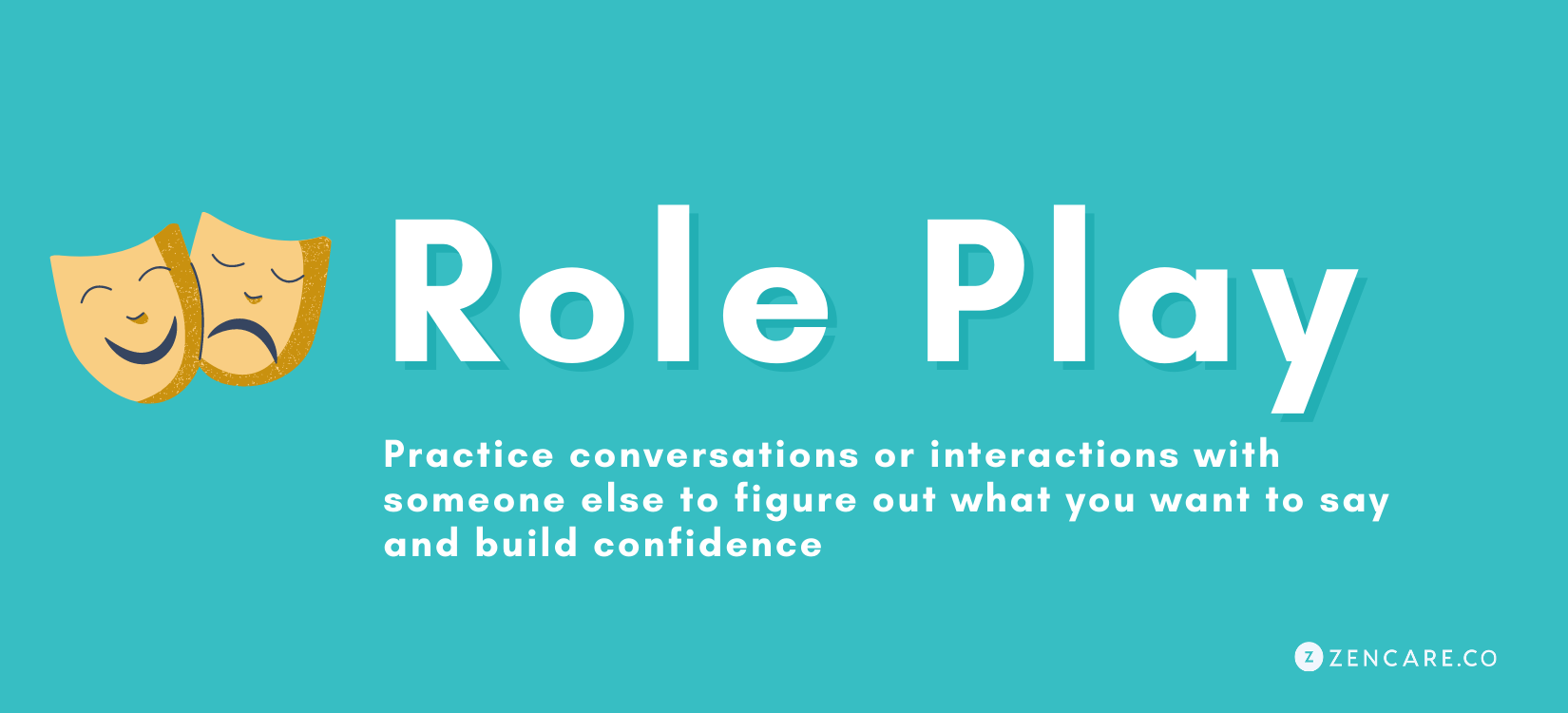
9. Role playing
Having a therapist to practice certain conversations or interactions with is very helpful for those who feel anxious about how events will go. Your therapist might take on a role to give you the chance to practice what you would say (and how it would feel) to a person with whom you have a conflict. This not only helps you figure out exactly what you want to say but can also build confidence going into that situation.
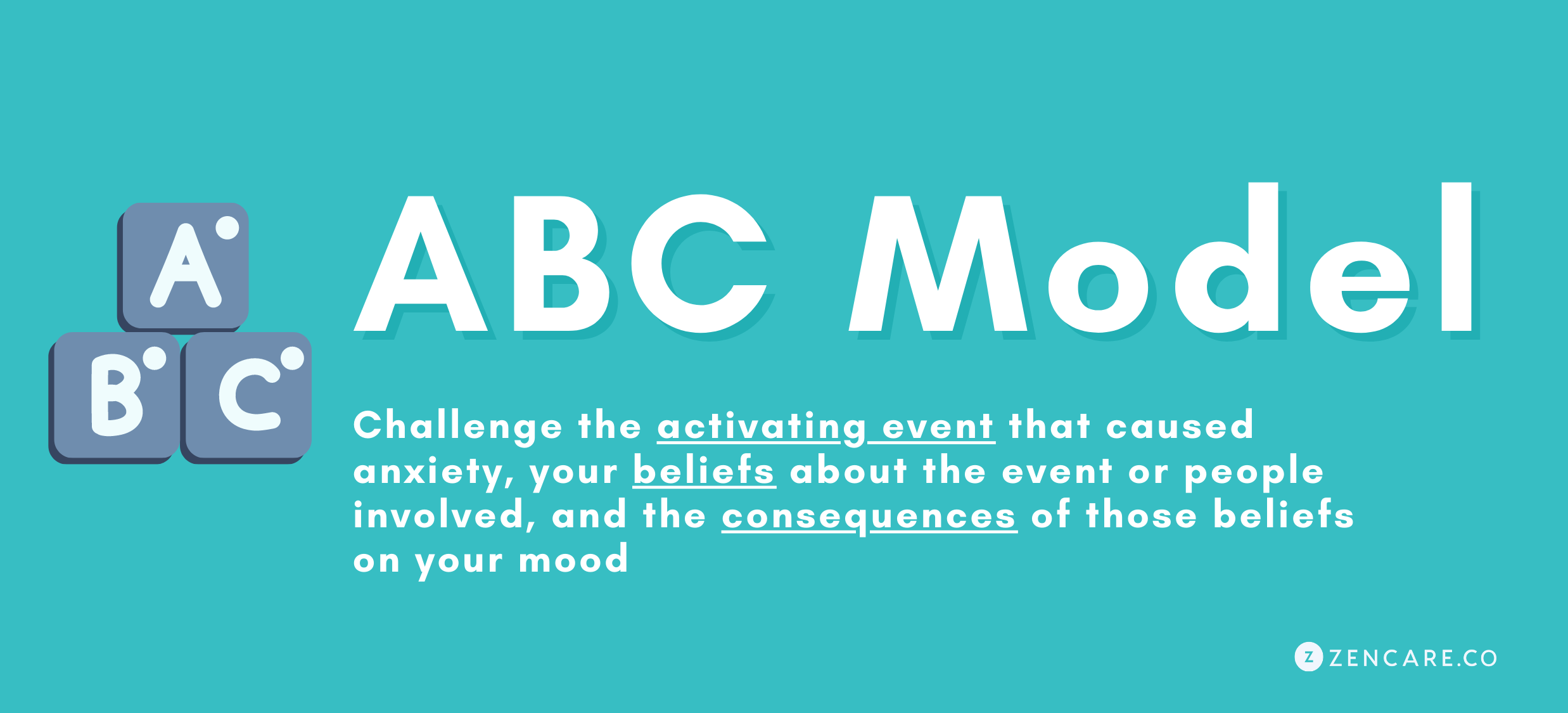
10. ABC model
The ABC model is another way to slow down and tease apart thoughts and thought patterns. The elements of the ABC model are:
- Activating Event: Consider the event during which you may become stressed or upset
- Beliefs: Examine what you believe about the event, the people involved in the event, or your role in the event
- Consequences:Explore what your understanding of the consequences of the event is on your mood
The ABC is often utilized in worksheet format, and helps clients create more rounded ways to view, think, and react to situations. The goal here is to improve the consequences of a certain event by developing more objective or less harmful beliefs.
Emotional regulation and managing distress
Therapists help clients understand their full emotional spectrum – not just anxiety – even when clients aren’t so clear on what, exactly, they’re feeling. By guiding you through open-ended questions and exploratory exercises, your therapist can help you get to the bottom what’s going on.
Here are three therapy exercises that may help you figure out what emotions are coming up for you:

11. Distract Relax Cope
Stemming from a therapy style called Dialectical Behavioral Therapy (DBT), the distract-relax-cope exercise is a way to slow down your distress or press pause until you’re ready to sort them out. When you realize that you’re overwhelmed, panicked, or upset, here are the three parts of the exercise:
- Distract: Instead of focusing on what you’re feeling, find a way to distract yourself. Perhaps you go on a walk, call a friend, watch an episode of your favorite show; this can be anything to take your mind off of your negative emotions.
- Relax: Next, find a way to calm your heightened emotions. This might look like taking deep breaths, listening to your favorite music, eating highly-textured foods, or anything that helps you relax or destress away from what’s making you upset.
- Cope : When you’re ready (and out of the height of the emotional distress), it’s now time to process through your feelings. What made you upset? How have you reacted to this event in the past? What was in your control and what was out of your control? Are there any cognitive distortions floating around in your reaction?
By distracting yourself and focusing on relaxing, you’ll wait until you’re ready to think through what’s making you upset instead of diving into that space prematurely. This is a great way to identify your feelings in a healthy, intentional way that lessens the distress while also providing space for introspection.
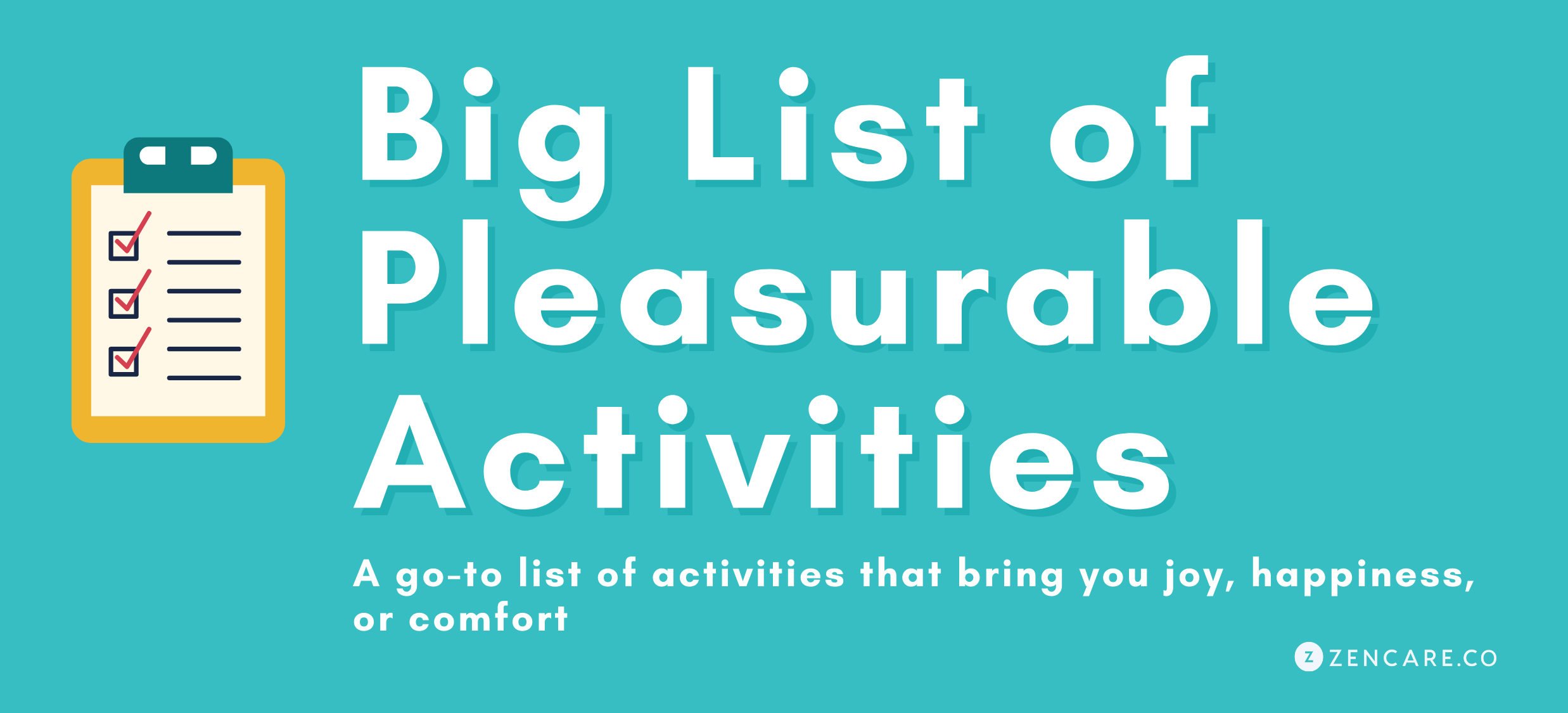
12. Big List of Pleasurable Activities
If you’re feeling upset, it’s nice to have a list of go-to activities that bring you joy, happiness, or comfort to reference. This big list is another technique from DBT: when you feel overwhelmed with negativity, just check out your list and see if there’s anything you can do at the present moment to treat yourself to some pleasure.
In your list, you might write out things like:
- Make tea to drink out of my favorite mug
- Reread my favorite poem
- Cuddle with a pet
- Watch a funny video on TikTok
- Browse luxury homes on sale for fun
- Take a shower and sing your heart out
Having a list ready of things to do – things that you love – makes it easier to step away from your distress and do something that brings a smile to your face.

13. Feelings Thermometer
When you still aren’t sure how you’re feeling, it may be helpful to make a visual representation of what’s going on internally. The Feelings Thermometer comes in the form of a scale, range, or spectrum. Pick an emotion or a handful of emotions, then ask yourself, “How much am I feeling this emotion?” With the top of the thermometer representing the absolute most you could feel that certain emotion and the bottom representing not feeling that way at all, find your spot.
You might “check your temperature” for any of the following emotions:
- Angry
- Sad
- Frustrated
- Worried
- Annoyed
Revisit your scale again after an hour to see if your emotions have changed (either upwards or downwards) since your first measurement. It’s normal for emotions to fluctuate with time, so having a way to track these emotions may help you figure out how your coping strategies help.
Managing Depression
Feelings of sadness, lethargy, overwhelm or underwhelm are human, and we all experience them to some degree. But when these feelings impact your daily routine, it’s often helpful to turn to a therapist. Depression may happen for many reasons; after trauma, after loss – or for no identifiable reason at all.For many, determining ways to stay safe and healthy is key to feeling better.
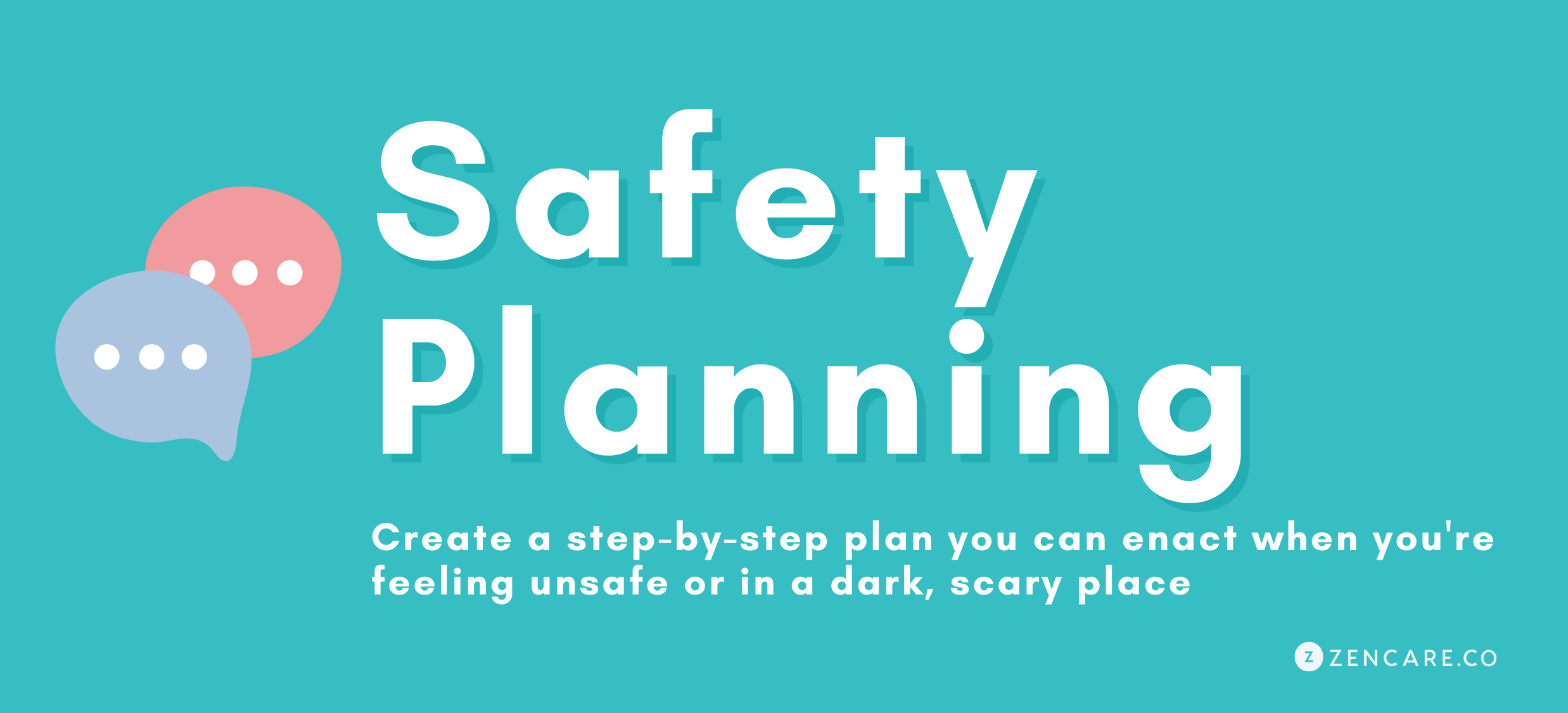
14. Safety planning
Safety planning is commonly used in therapy to prevent danger or harm to the self and others. Therapists may ask clients to create a safety plan to enact when they sense that they’re in dark, scary places.
The elements of a safety plan include writing out the following answers:
- What are the signs that make you worried that you might hurt yourself or others?
- What coping skills will you use when you start to feel this way?
- Who are three trusted individuals that you can reach out to?
- What are some community resources (such as hotlines) can you call when you feel this way?
- What can you do in your home to make it safer?
Safety planning can be a weighty exercise, but it’s one way to ensure that as soon as you or someone you love slips into a dangerous space, next steps are at the ready for seeking help or feeling better.
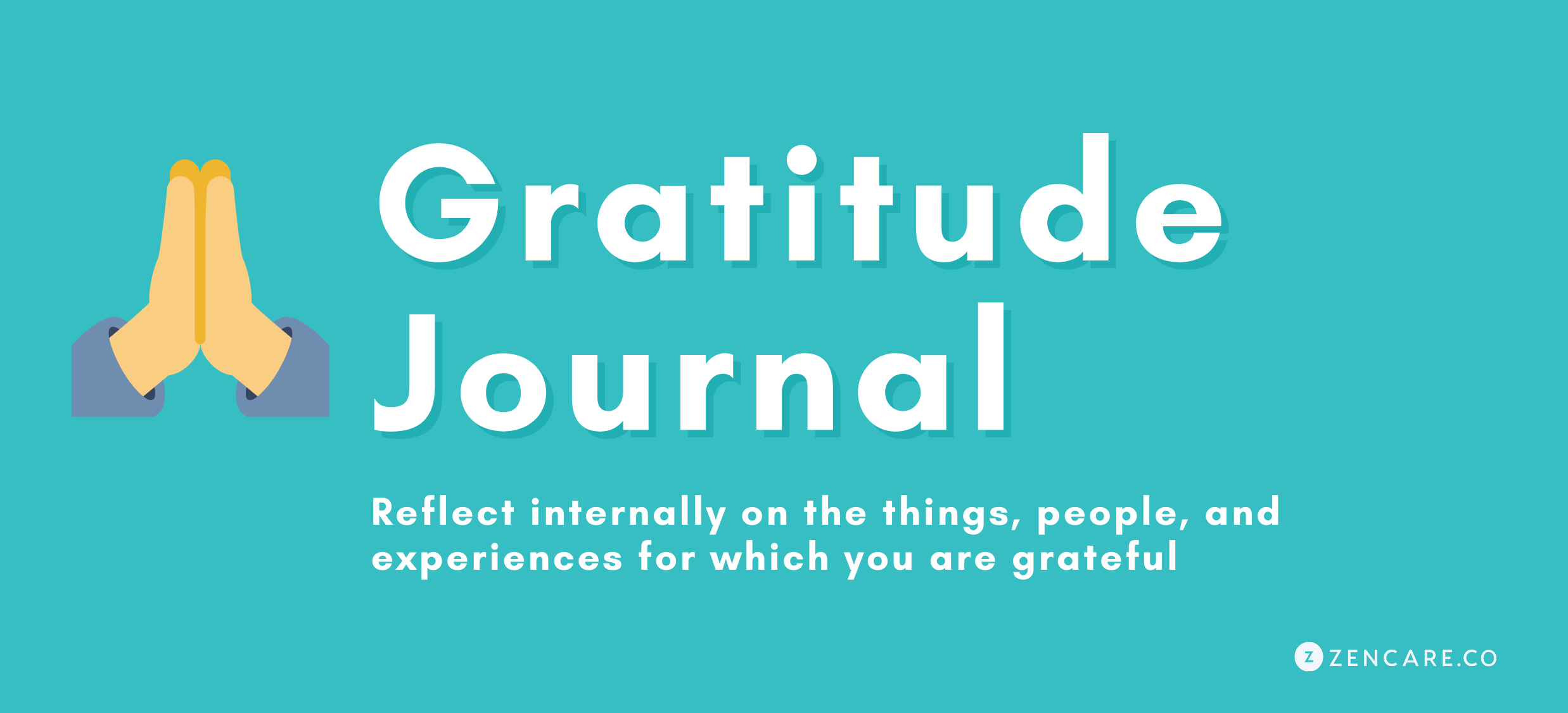
15. Gratitude Journal
Maintaining a gratitude journal is an extension of journaling about your mental health to help process through emotions. A gratitude journal does not have to be a notebook or pen-and-paper; it can be an app on your phone, a voice memo, or even a specific time set aside to reflect internally on things for which you are grateful. Thinking about gratitude, and especially expressing the gratitude, helps shift perspective towards the positive.
Here are a few prompts to get you started:
- Who or what made me happy today or this week? What did they do to make me happy?
- How does my body feel today?
- What is a memory I cherish?
- What is something I’m particularly excited about this week?
- What “mistake” have I made in my life that’s changed things for the better?
Identifying Values
Building a relationship with a trusted therapist offers the chance to learn more about yourself and come up with a distinct identity, an identity of which you’re proud. By having a weekly space to talk about who you are – what you come from, who you’ve met in your life, what’s important to you – you may realize things about yourself you hadn’t had a chance to before.
The following two exercises are helpful in developing your self-identity and may be used in therapy for this reason:

16. Values Clarification Exercise
Your values are the guiding forces behind your ideas, thoughts, dreams, and actions. You may value things like equality, beauty, accomplishment, or helping others. By better understanding what your values are, you may find insight into how they support your goals.
In the Values Clarification exercise, you’ll think through the following three questions:
- What are my goals? (This might be professionally, personally, or socially.)
- What are my values?
- How can I combine my goals and my values?
Reflecting on the above may help you come up with values-based ways to reach your goals or better understand why your goals are what they are.

17. Values Bullseye
The Values Bullseye gives you the opportunity to learn how your values impact your daily life. It helps answer the question, “How close to my values am I living?”
To use this tool, draw or print out a bullseye. Mark out the different areas of your life: personal, social, work, leisure, etc. Next, place a dot within the bullseye rings that demonstrate how close to your values you’re living in those areas. For example, if you feel that in your professional life, you’re living really quite close to your values - you’ll mark the ring closest to the center; though because you aren’t following you values in your social life, you’ll mark the outside ring of the bullseye.
This exercise gives you reference points to compare across time - and hopefully, you’ll start marking the bullseye for each area of your life!
Managing Anger
Anger is a strong emotion because it packs such a punch. Culturally and individually, all have different relationships with this emotion – and it may be helpful to work out how your anger shows up so you can avoid letting it negatively impact future situations.

18. Anger Iceberg
The Anger Iceberg is a concept that describes anger as the notorious “tip of the iceberg”: just under the surface, beneath all that anger, you’ll find emotions like frustration, helplessness, betrayal, fear, jealousy, and more. In understanding what your anger is made up of, you may grow a better relationship with it.
Improving Sleep
No amount of therapy will be helpful if your brain isn’t resting. Part of staying healthy emotionally is taking care of your body’s needs – and that means sleeping enough.

19. Sleep Diary
Keeping a sleep diary helps you track the quantity and quality of your sleep. By writing out the features of your sleep – like how many hours you got, whether you had dreams, how many times you woke up and for how long– you might notice patterns. After you’ve established these patterns, you and your therapist can then come up with some strategies to better your rest. Once well-rested, you’ll have a greater capacity for complex emotions and more energy to work towards your mental health goals.
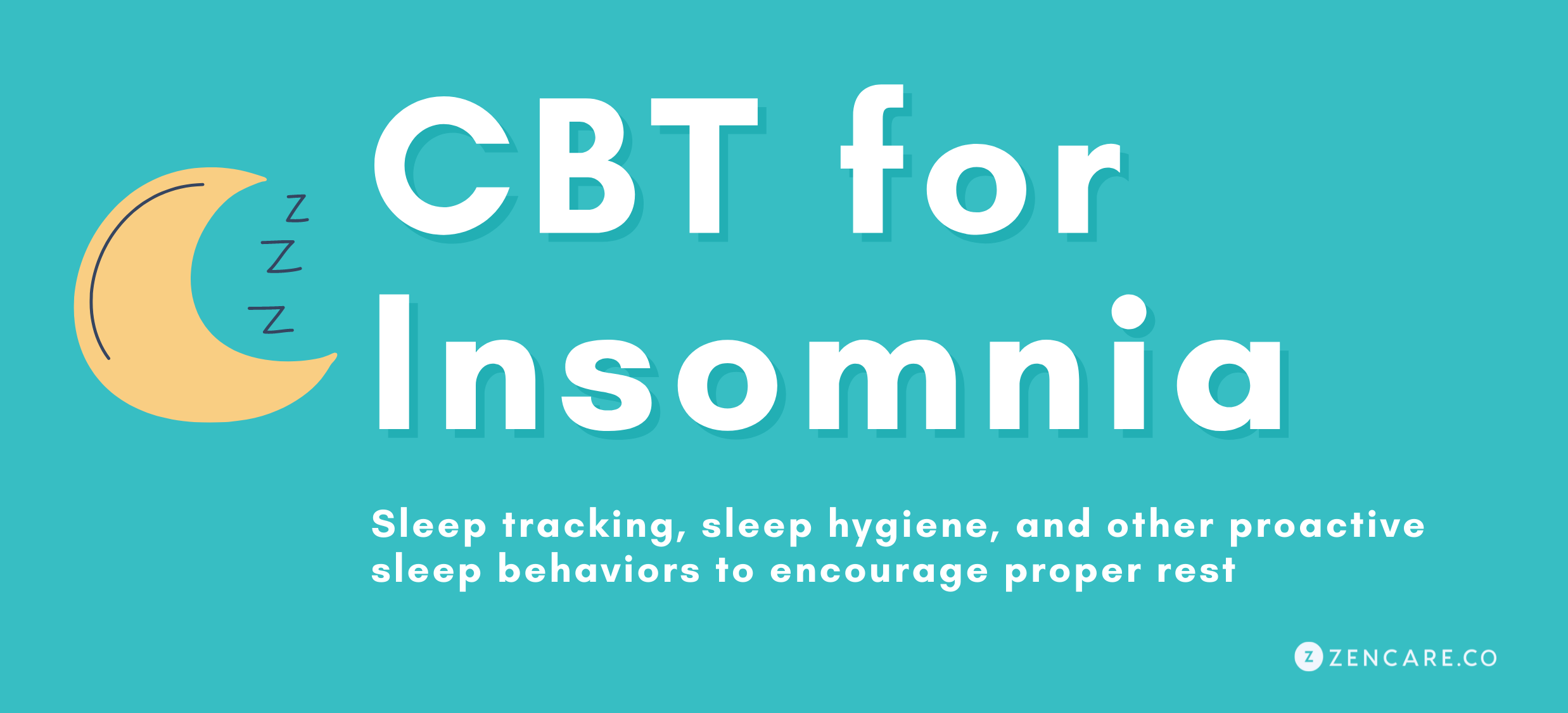
20. CBT for Insomnia
If your sleep patterns remain quite poor after cleaning up your pre-bedtime rituals, you may benefit from CBT for insomnia, a type of therapy that emphasizes internal beliefs about sleep and rest. CBT for insomnia begins with sleep-tracking, then addresses the resulting emotions (which frequently include frustration!). Your therapist may ask you to try certain sleep behaviors and monitor how helpful you find the exercises.
Again, without proper rest, the brain cannot heal nor can you work through what’s on your mind to the fullest potential. CBT for insomnia gives you a supportive, nonjudgmental space to explore what’s helpful for you in attaining healthy sleep.
Whether you see a therapist to help with anxiety, depression, anger, or to learn more about yourself, a major component of boosting your mental health is to build up your toolbox with exercises, practices, and activities that are helpful to you to feel joy, comfort, or fulfillment. Give some of the above tools a try to see if they fit into your toolbox!
